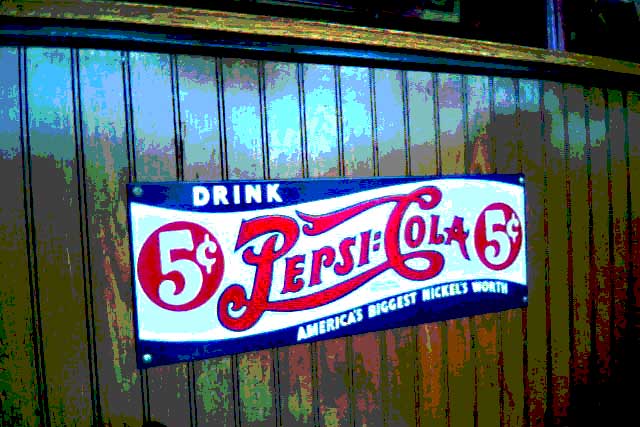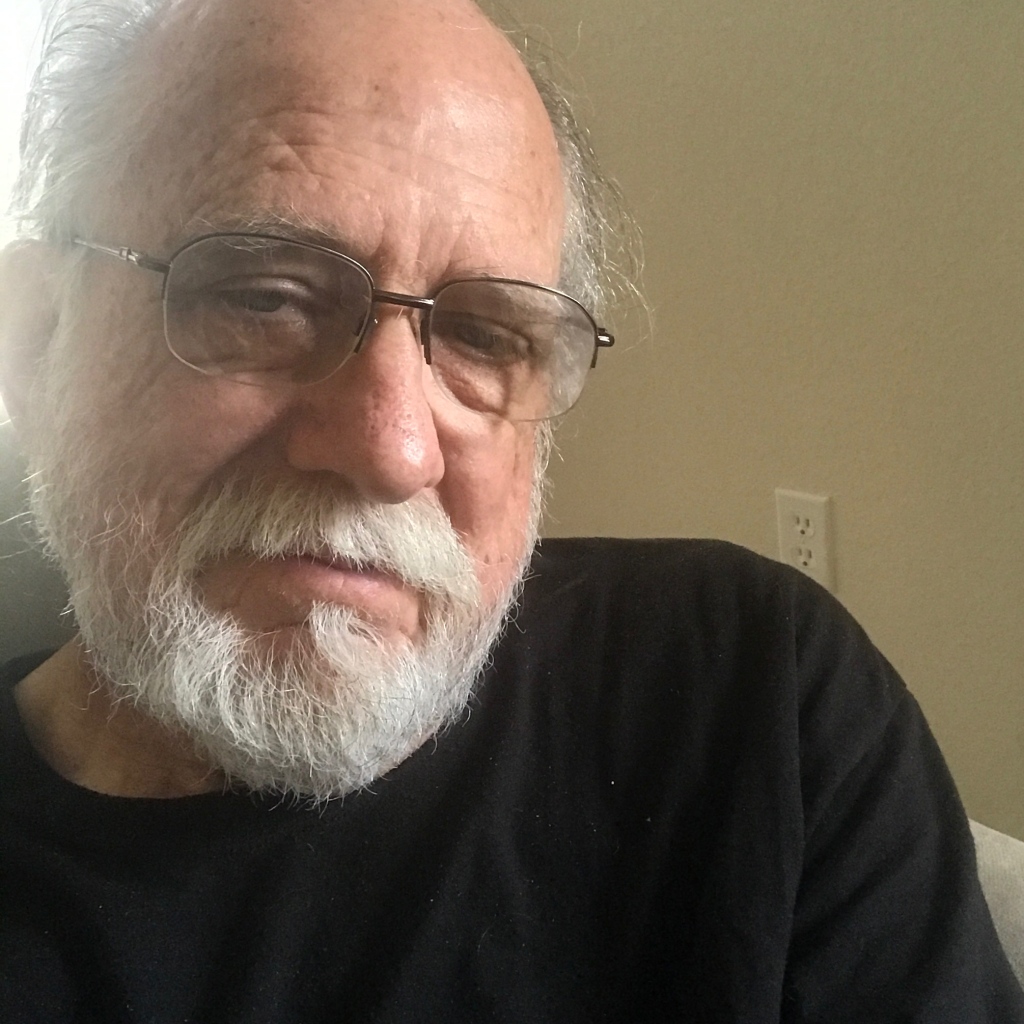I wish someone would have told me.
Camera companies love that photographers have G.A.S (gear acquisition syndrome). It plagues nearly everyone who gets into photography these days, unless you are guided by a savvy mentor. It’s natural to think that, since the camera captures the image, the better the camera the better the image. Yes and no.
So many variables, brands, film, digital and no easy way to sort it out. The camera only effects two things. The interface between you and the camera systems and the pixel quality of the image. Neither of those things make a memorable image. “The photographers greatest tool is the ability to see.” A split second of time that will last for decades. What makes great photos is you. (There are a number of posts here about the technique of making these photos happen)
“The Photographers greatest tool
is the ability to see.”
But the question is still nagging, which camera system should I buy. Some things are personal choice and have to do with how you interact with the camera settings. Nearly any camera you pick up will render a decent image file. There have been tests done and unless you take a scientific approach there is no way to tell what camera made what image.
Once you have found the camera with the buttons and dials you like there is one other crucial consideration. What kind of photos do you want to make, vacation, portraits, sports etc. If you are planning to take fast paced images such as sports or journalism you will need a camera with fast shot to shot time. How fast can the camera capture the image, write the file and be ready for the next shot. Slower paced events can take a little more time.
There are more fine grain choices that have to do with your way of working such as an LCD, optical viewfinder or Electronic viewfinder. Which one you pick or a combination is specific to the photographer. What about lens choices and film and all the rest of it. The slippery slope of gear choices can go on for a long time but when you figure out what kind of photographer you are the selections get narrower. This short piece is about how to approach the gear question.
It will take a lot longer to figure out who you are as a photographer than to figure out which camera to buy.
PS. The camera shown above is the Olympus C8080. Considered a prosumer camera and has more adjustments than the space shuttle. It’s 8 megapixels and makes a really nice image. If I don’t use it for awhile I have to relearn all the menus again. How I came to use this camera was the meandering that all photographers do on the way to where they figure it out.




